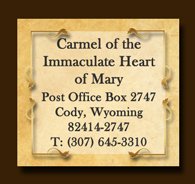 From time immemorial, God has chosen to draw certain men into silence and solitude for the
From time immemorial, God has chosen to draw certain men into silence and solitude for the praise of the glory of his grace.
These beloved souls have hidden themselves in the wilderness where God has done as he promised, Behold I will allure her, and will lead her into the wilderness: and I will speak to her heart.
In obedience to this altogether heavenly inspiration, the first Latin Carmelite fathers settled on Mount Carmel after the crusades to commune with God in love. These Carmelite forefathers embraced a particular manner of living modeled after that of the Holy Virgin and St. Elias, which was handed on to consecutive generations.
Carmel has traditionally seen its' founding moment in the history of Elias on Mount Carmel. When the small cloud rose in the form of a man's foot, St. Elias was shown great mysteries concerning the Incarnation of Our Lord and the role of His Immaculate Mother. Four great mysteries were contained in this vision; that a baby girl would be born conceived without the stain of original sin, prefigured in the pure white cloud rising out of the murky water, that this girl would choose a life of perpetual virginity following the example of St. Elias, that She would conceive the Word of God in her womb, and the time these events would take place. St. Elias on Mount Carmel was, in a sense, given the spirit of the Blessed Virgin. Since that spirit is so wholly one of Love, it needed to be communicated to others. So there gathered around St. Elias the Sons of the Prophets who would model their lives on his: being separated from the world, living a life of chastity, immersed in God, given over to a life of prayer and penance for Israel, and ceaselessly begging for the coming of Our Redeemer and His Beloved Mother.
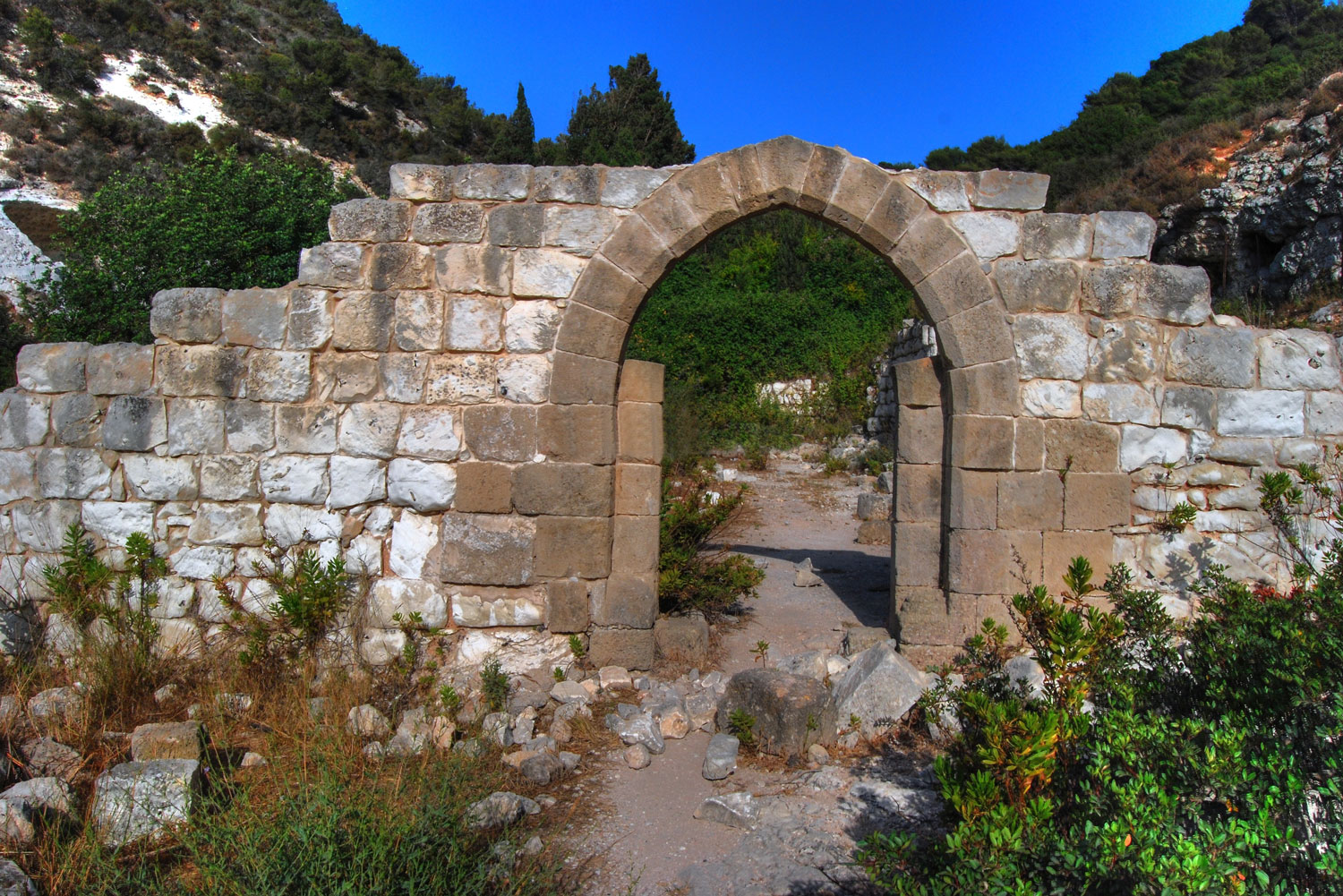
As the fulfillment of the events of our redemption took place, the holy hermits on Mount Carmel were among the first to embrace the Christian Faith and continued to live a life of praise and thanksgiving on the solitude of Carmel interceding for the Church. Many hold that Our Lady had some converse with them and was deeply consoled and strengthened by their lives. Inspired by Her virtues these hermits continued to live their solitary penitential lives and continued to be a conduit of grace for the new Israel, the early church. Soon their numbers became dominated by Greek converts and so this time has traditionally been called the Greek age of Carmel.
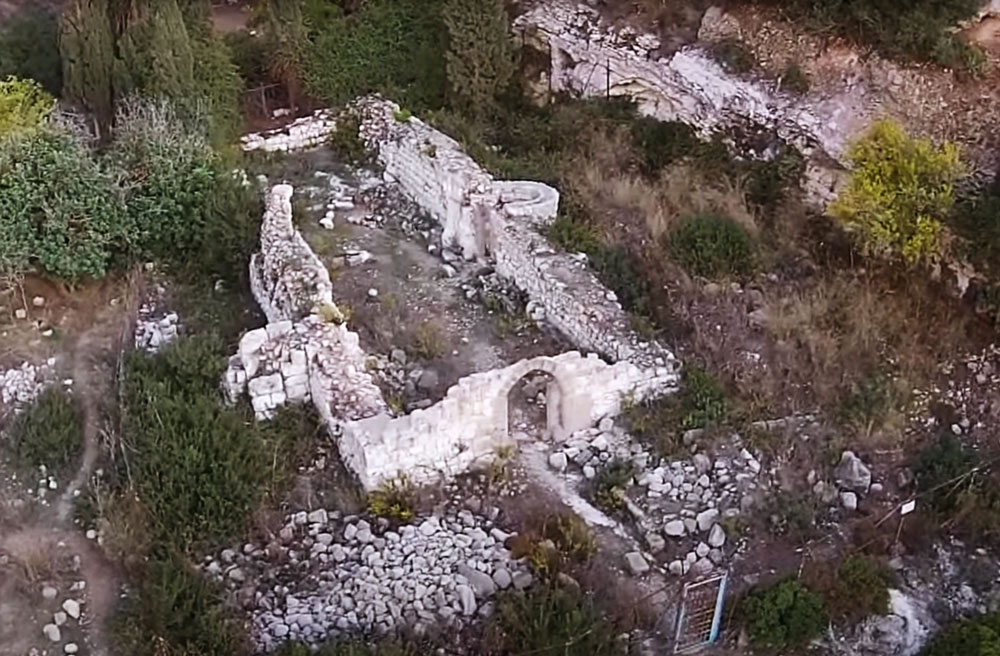
Over the course of time as Islam began to dominate the landscape, the Greek Hermits numbers gradually dwindled to very few, some hold only one Greek hermit was left, when a Calabrian Priest, Berthold by name, came to Carmel shortly after the 1st crusade to settle near the spring of Elias. A pious group of Latin Pilgrims grouped themselves around St. Berthold, built an enclosure wall and continued the prophetic, eremitic life begun by St. Elias and inspired by Our Lady.
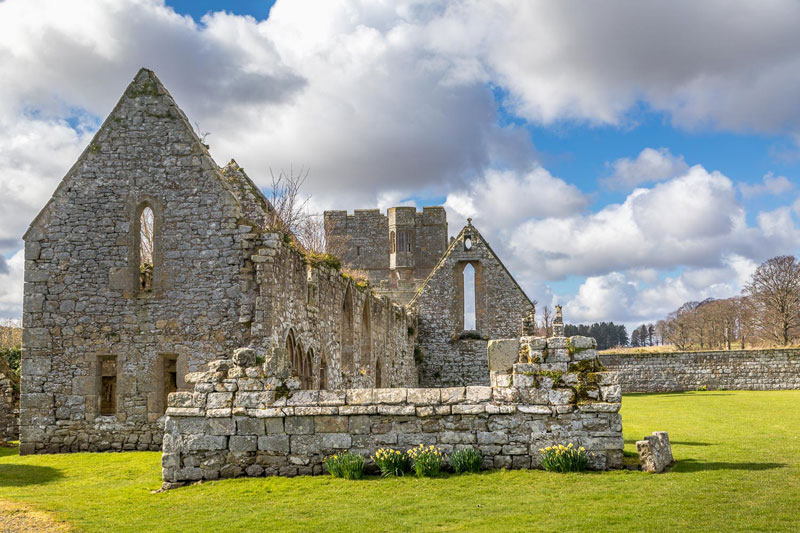
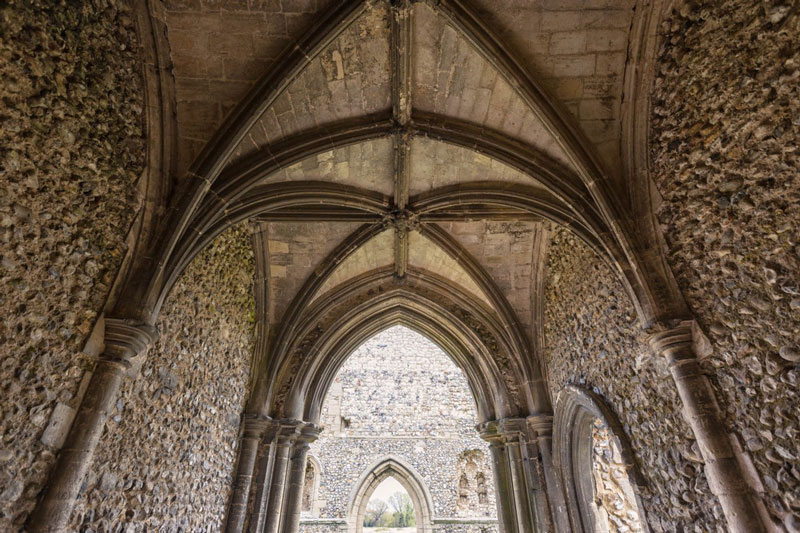
A few decades later, at the request of St. Brocard, the Prior on Mount Carmel, the Holy Rule of the Carmelite Order was written by St. Albert, the Patriarch of Jerusalem, according to the way of life led by these first fathers. This Rule has ever since remained the primary governing document of the entire Carmelite family, transmitting a stable manner of living in which the Carmelite might seek God alone in solitude and communicate the heavenly dew of his grace to souls.
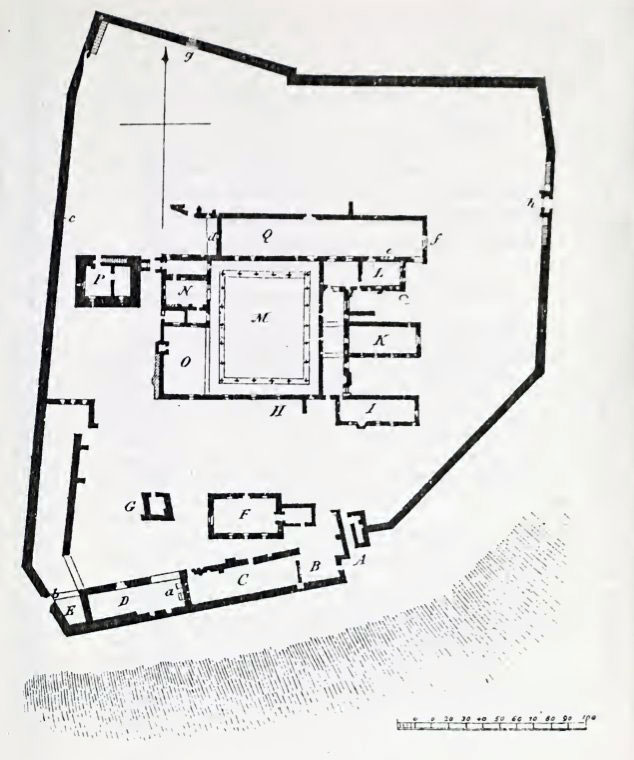

As time passed, the Carmelites found themselves in the midst of harsh persecutions and were forced to flee from the tranquil repose of Mount Carmel. Given their new situation in Europe and the needs of the Church, a new mendicant flowering of the Carmelite charism took place. It pleased his Divine Majesty, however, that the life led on the holy Mountain of Carmel be renewed by St. Teresa of Jesus and St. John of the Cross. These two seraphic founders and mystical doctors have left a form of life modeled after the first hermits, as well as the spiritual guidance to ascend Mount Carmel in pursuit of God.

